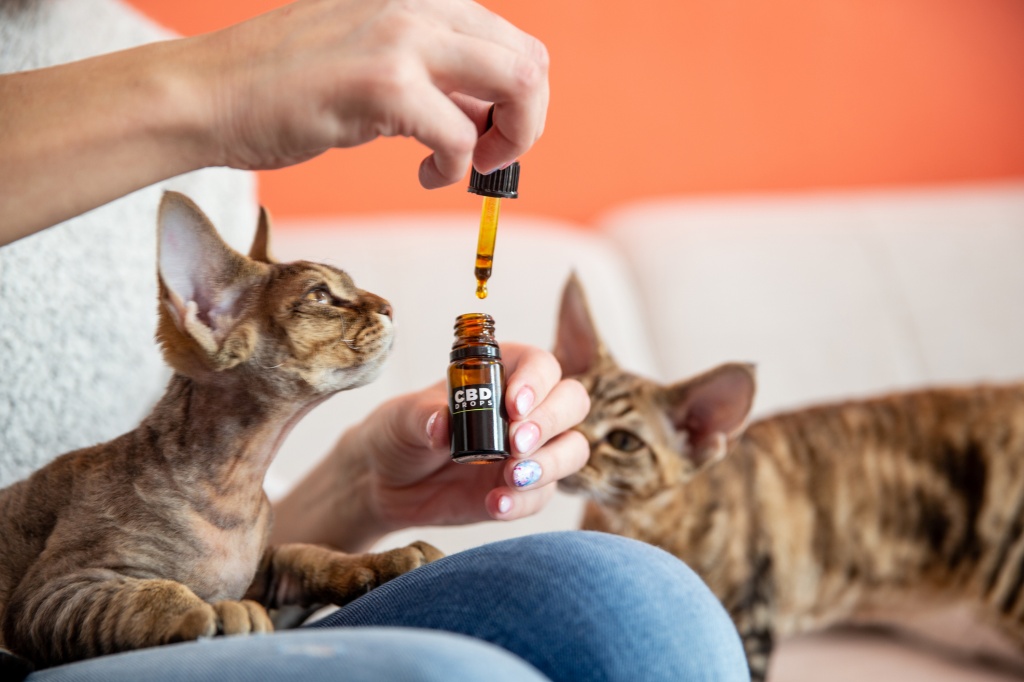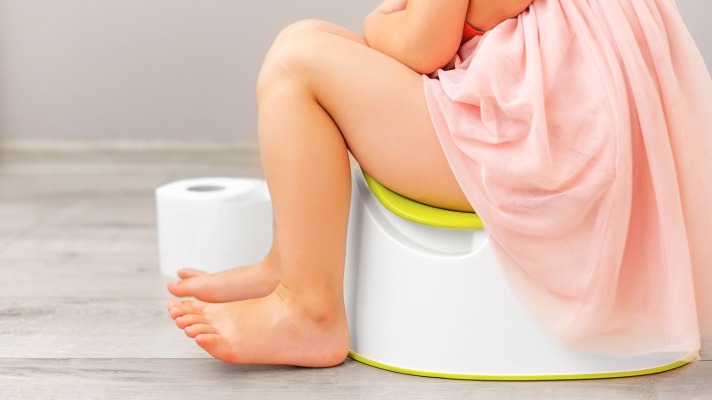Understanding Oxygen Humidifiers Enhancing Respiratory Care
Oxygen humidifiers play a crucial role in respiratory care, particularly for patients requiring supplemental oxygen therapy. This therapy is often essential for individuals with chronic respiratory conditions, post-operative recovery, or acute respiratory distress. The primary function of an oxygen humidifier is to add moisture to the oxygen supplied, making it more comfortable and less irritating to the respiratory tract.
In this comprehensive guide, we will delve into the various aspects of oxygen humidifiers, exploring their functionality, benefits, types, usage guidelines, maintenance, and much more. This information aims to provide readers with a thorough understanding of oxygen humidifiers, ensuring they can make informed decisions regarding their respiratory care needs.
More Read Here:Understanding the Interactions Between Methocarbamol and Alcohol
The Importance of Humidification in Oxygen Therapy
Why Humidification Matters
When oxygen is delivered directly through nasal prongs, masks, or a tracheostomy, it bypasses the natural humidifying process of the nasal passages. Dry oxygen can cause discomfort, irritation, and potential damage to the mucous membranes of the respiratory tract. Humidifiers help mitigate these issues by adding essential moisture to the oxygen, ensuring that the air entering the lungs is less drying and more comfortable for the patient.
Health Benefits of Humidified Oxygen
Humidified oxygen offers several health benefits, including:
- Reduced Risk of Respiratory Irritations: By moistening the oxygen, the risk of dryness and irritation to the nasal passages, throat, and lungs is significantly lowered.
- Improved Mucociliary Clearance: Adequate humidity helps maintain the integrity of the mucociliary escalator, a crucial defense mechanism of the respiratory system.
- Enhanced Comfort: Patients often find humidified oxygen more comfortable, especially during long-term therapy, leading to better compliance with treatment.
Types of Oxygen Humidifiers
Bubble Humidifiers
Bubble humidifiers are the most common type used in home and clinical settings. They work by passing oxygen through a water reservoir, creating bubbles that pick up moisture before being delivered to the patient.
Heat Moisture Exchangers (HMEs)
HMEs, also known as artificial noses, are often used in intubated patients. They trap the patient’s exhaled moisture and heat, using it to humidify the incoming oxygen.
Heated Humidifiers
These devices use a heating element to warm the water, increasing the amount of humidity that can be added to the oxygen. They are particularly beneficial in preventing the condensation of water in the tubing.
Setting Up and Using an Oxygen Humidifier
Installation Steps
- Connecting to the Oxygen Source: The humidifier is typically attached to the oxygen concentrator or cylinder.
- Filling with Sterile Water: It’s crucial to use sterile or distilled water to prevent contamination.
- Adjusting the Oxygen Flow: Ensure the flow rate is set according to the healthcare provider’s instructions.
Usage Guidelines
- Regular Monitoring: Check the water level frequently and refill as needed.
- Flow Rate Adjustments: Adjust the flow rate if you notice changes in the bubbling intensity or noise level.
Maintenance and Safety Considerations
Cleaning and Disinfecting
Regular cleaning and disinfection are vital to prevent bacterial growth and ensure the safe operation of the humidifier. Follow the manufacturer’s guidelines for cleaning procedures.
Safety Tips
- Avoid Overfilling: Overfilling can lead to water entering the tubing, which can be hazardous.
- Regular Inspections: Check for any cracks or damage to the humidifier bottle.
Conclusion
Oxygen humidifiers are an essential component of effective respiratory care, particularly for patients requiring long-term oxygen therapy. By understanding their functions, benefits, and proper usage, patients and caregivers can ensure a more comfortable and safer therapy experience.













Post Comment